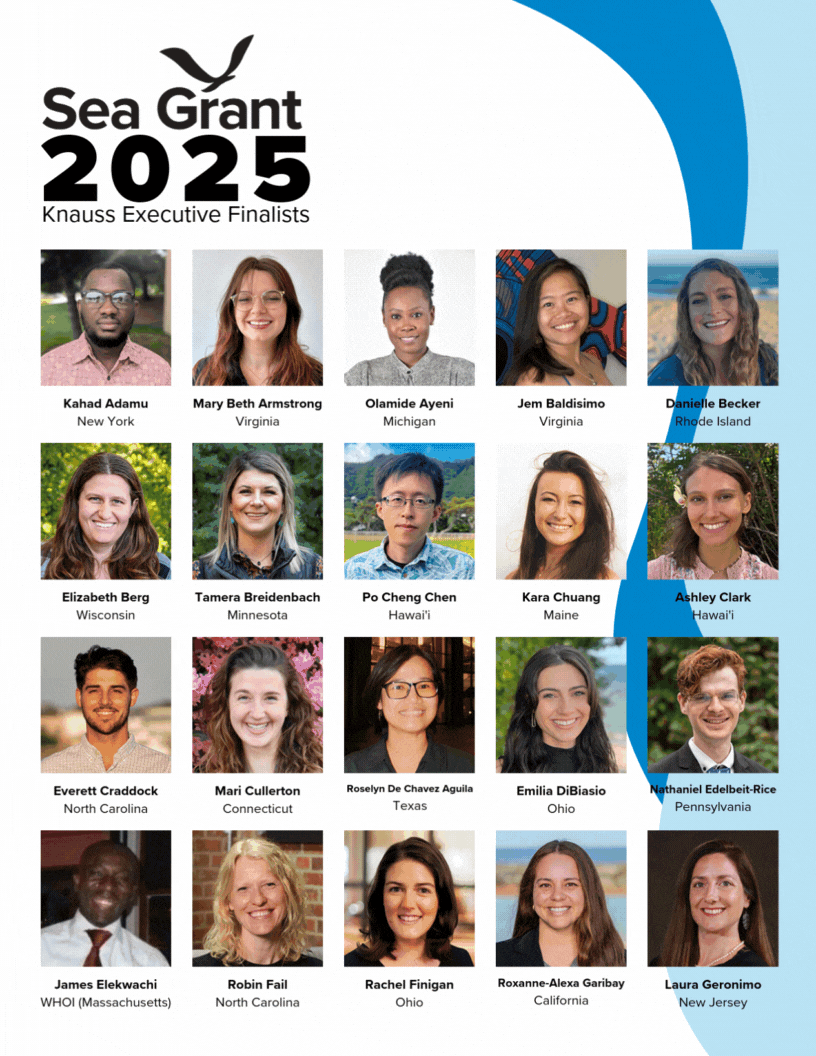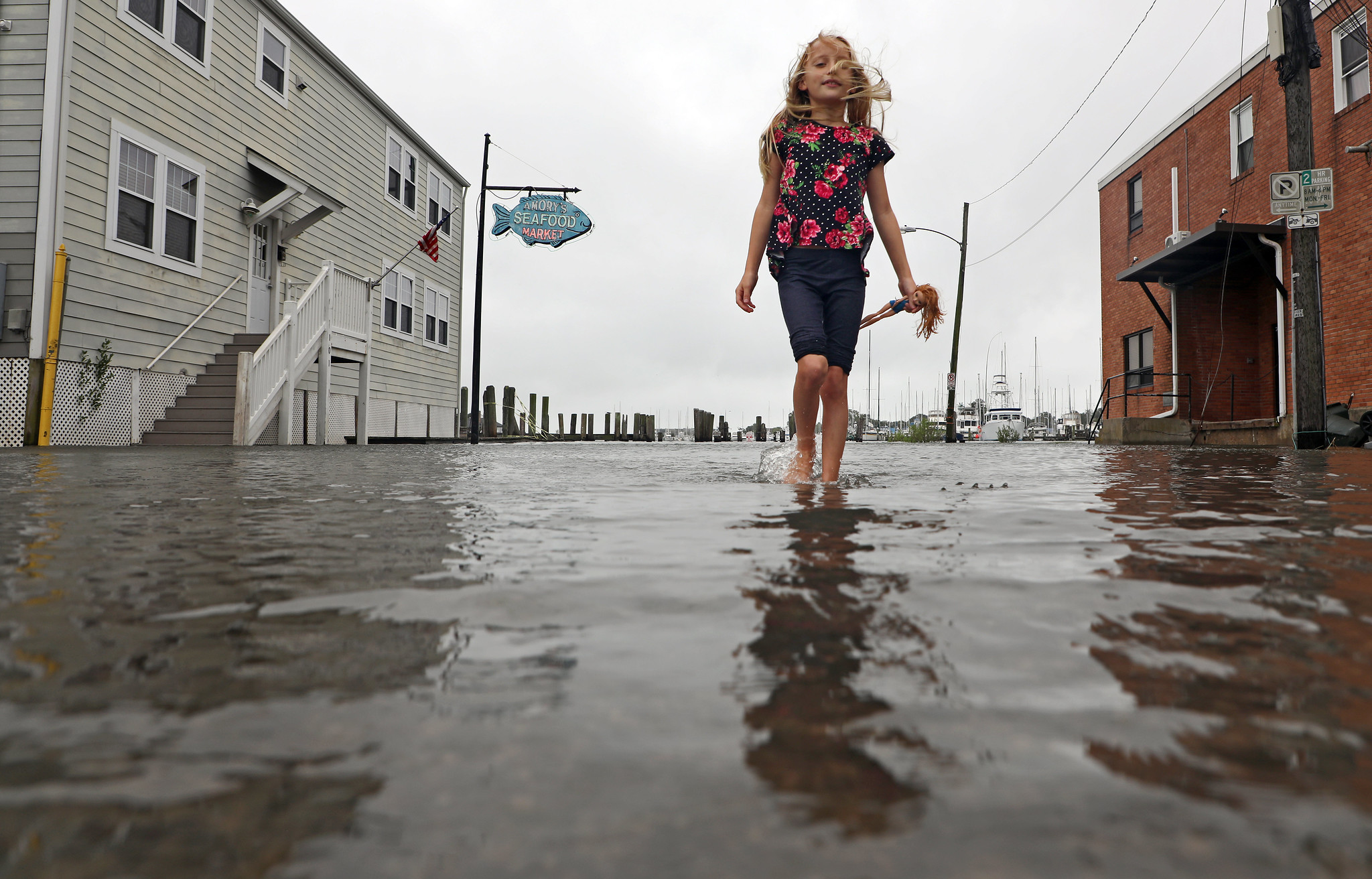Story by New Hampshire Sea Grant
For many homeowners, an attractive lawn is essential for their summertime barbecues and backyard recreation. Some lawn care practices intended to get that lush green grass can affect nearby rivers and bays, but new research indicates that homeowners in the Northeast are willing to make changes to their lawn care routine to help protect the environment.
“New England homeowners have said they are willing to adjust their lawn care practices as long as their grass still looks good,” said Julia Peterson, Water Resources Specialist for N.H. Sea Grant/UNH Cooperative Extension. Peterson was a co-author on the recent study that focused on homeowners’ lawn care practices, attitudes, and values. Using results from the research, she is working closely with members of the Town of Exeter’s Healthy Lawns – Clean Water municipal subcommittee to educate residents about how their lawn care practices make a difference in the health of the Exeter River that flows into N.H.’s Great Bay.
The nutrient that helps make grass green — nitrogen, which is found in most lawn fertilizers — can be too much of a good thing; if excess amounts run off into local waterways, it can cause algal blooms that choke out oxygen for aquatic animals and obscure light for plants. The Great Bay Estuary — home to lobsters, horseshoe crabs, eelgrass beds, and more than a dozen oyster farms — has been designated as a nitrogen-impaired water body, and towns within the watershed are taking steps to reduce their nitrogen input into the estuary. Lawn care education is one part of the solution, and towns are seeking technical assistance from people like Peterson to help teach residents about the topic.
“Community leaders from Exeter have been eager to implement a variety of approaches to reducing polluted runoff,” Peterson said.
In March 2016, Exeter residents voted in support of adopting an amendment to zoning regulations that prohibits the use of fertilizer within the town’s shoreland overlay district — the area of land adjacent to water bodies like rivers and wetlands, explained Kristen Murphy, the natural resource planner for Exeter and chair of the Healthy Lawns – Clean Water Committee.
Peterson worked closely with Murphy, Barbara McMillan from N.H. Department of Environmental Services, and UNH Cooperative Extension agricultural staff and volunteers to host a hands-on lawn care clinic that took place in May 2016 at Exeter’s Swasey Parkway. Peterson helped to design the clinic based on research results from the recent lawn care study to teach participants practical skills for attaining an attractive, healthy lawn that also protects Exeter’s residents and rivers from polluted runoff.
Two dozen Exeter homeowners attended the clinic, where they rotated through stations to learn about soil testing, choosing a fertilizer product, and determining the amount needed, using a fertilizer spreader and learning best cultivation practices. “The techniques discussed at the clinic — all of which were rooted in research-based agronomy practices — will help to produce healthier plants that require less additional nutrients and irrigation, thus resulting in less opportunity for polluted runoff,” Peterson said.
In addition to the lawn care clinic, the Town of Exeter hosted a lawn care forum for people to learn about alternatives to chemical approaches to lawn treatment, and Murphy said the town is hoping to hold another public event later in 2016. In the meantime, the town is providing information about alternative lawn care management practices to local business owners who have large lawns.
“This has been a great experience, and having Julia involved with her knowledge and expertise has been very helpful,” Murphy said.
Find out more about water quality-friendly lawn care practices in our two-page information sheet.
For more information, please contact Julia Peterson at: julia.peterson@unh.edu or 603.862.6706.


